Medium wire EDM machining
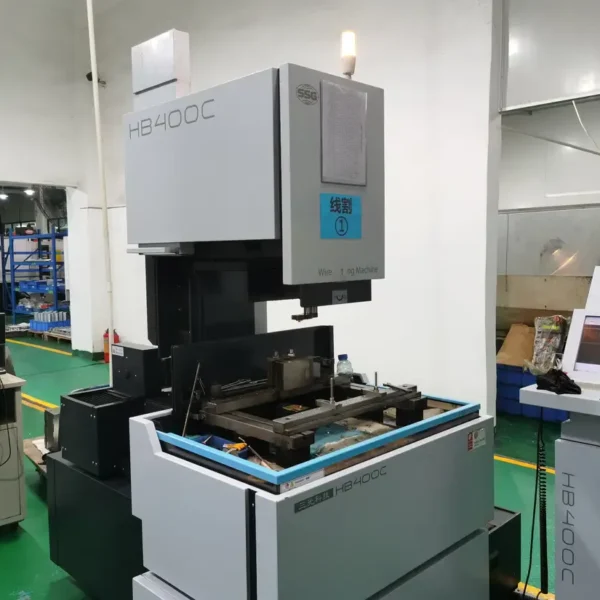
Medium-sized Wire-Cut Electrical Discharge Machining (EDM) — Redefining machining boundaries with micron-level precision, significantly enhancing efficiency and quality in complex part manufacturing!
What is medium wire EDM ?
By combining high-speed rough cutting with low-speed finishing, combined with real-time CNC parameter control, medium-speed wire EDM overcomes the precision bottleneck of traditional high-speed wire cutting, maintaining high processing efficiency. Its dielectric fluid circulation system further ensures processing stability, making it suitable for high-precision manufacturing applications such as molds and aerospace.
The principle of electrospark erosion: High-frequency pulsed sparks generate transient high temperatures (6,000–12,000°C) between the wire electrode (molybdenum wire) and the workpiece, causing localized melting and vaporization of the workpiece material, which is then flushed away by a dielectric fluid (such as deionized water), achieving contactless cutting.
Compound wire feed and multi-pass control: Roughing utilizes high-speed wire feed (8-12 m/s) to improve efficiency. Finishing switches to low-speed wire feed (1-3 m/s) and multiple cuts (typically 3-7). Discharge parameters (pulse width, pulse interval, and power) are dynamically adjusted to gradually optimize surface roughness (Ra ≤ 0.8 μm) and dimensional accuracy (±0.003 mm), balancing efficiency and quality.
Material for Medium wire EDM machining
Medium-wire EDM (Wire Discharge Cutting) can process a variety of conductive materials thanks to its non-contact processing characteristics and high-precision control capabilities. It is particularly suitable for hard, brittle, or complex-shaped materials that are difficult to process with traditional cutting methods. The following are typical processing materials and application scenarios:
Material :
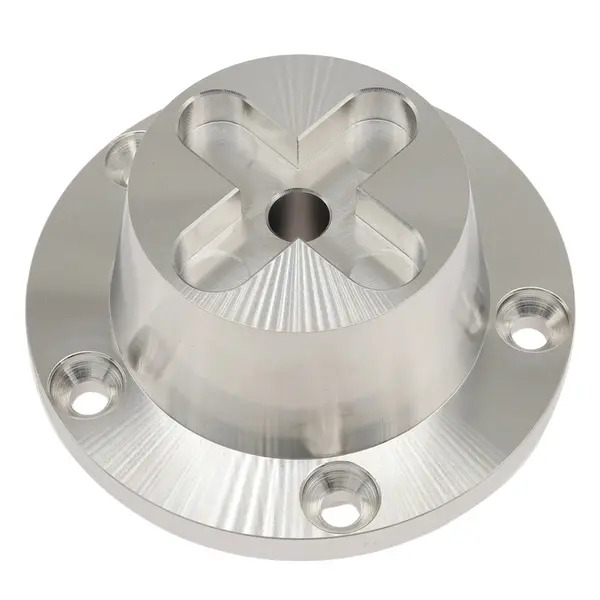
Aluminum
Aluminum is the most commonly used precision-machined component. It has a low density, a hard texture, and a soft material. Thanks to its corrosion resistance, it is widely used in aerospace, bionic bones, and automotive parts manufacturing.
Color : Silver.
Types : Aluminum 6061、7075、2024、5052、6063 and MIC-6.
Surface finish : Polishing, Brushing, Sandblasting, Chrome Plating, Anodizing, Electroplating, Powder Coating, Laser Etching.
Delivery time : 1-5 days.
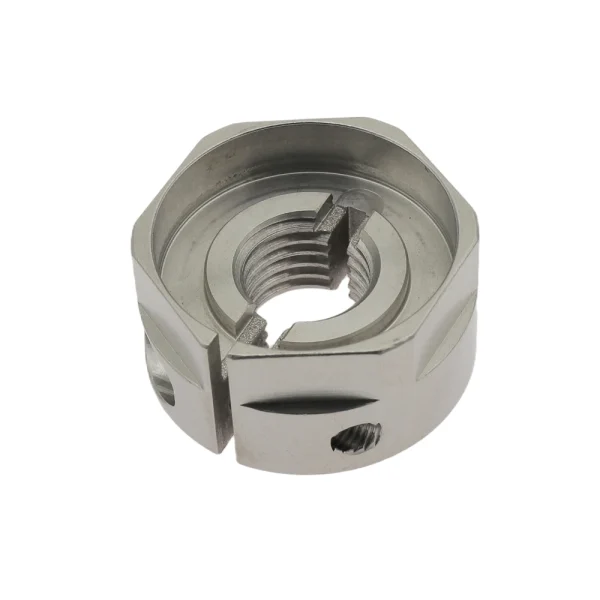
Stainless steel
Stainless steel offers strong corrosion resistance and a smooth, easy-to-clean surface. It is primarily used in kitchen equipment components, medical devices, building materials and construction, as well as automotive parts.
Color : Silver.
Types : Stainless steel 304/316/201/202/430/444/410/420/440c/2205/2507/17-4ph/17-7ph.
Surface finish : Polishing, Brushing, Sandblasting, Electroplating, Spraying, PVD (Physical Vapor Deposition), Passivation, Pickling, Coloring.
Delivery time : 2-5 days.
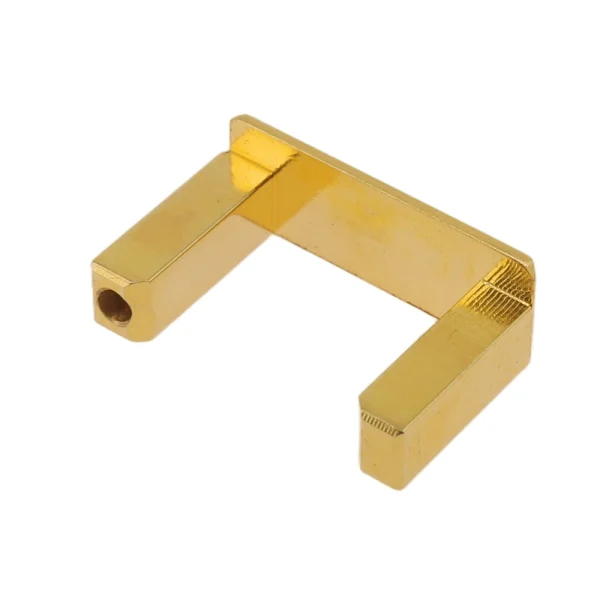
Copper
Possesses electrical conductivity, tensile ductility, and antimicrobial properties, primarily used for processing into crafts, decorative items, and medical equipment.
Color :Orange,yellow.
Types : copper H59/H62/Hpb59-1/C36000/HAI77-2/HSN62-1/HPb/HMn/HAl/HSn/HNi.
Surface finish : Passivation, Electroplating, Chemical Plating, Shot Peening, Sandblasting, Chemical Film Treatment, Polishing, Bright Cleaning.
Delivery time : 1-5 days.
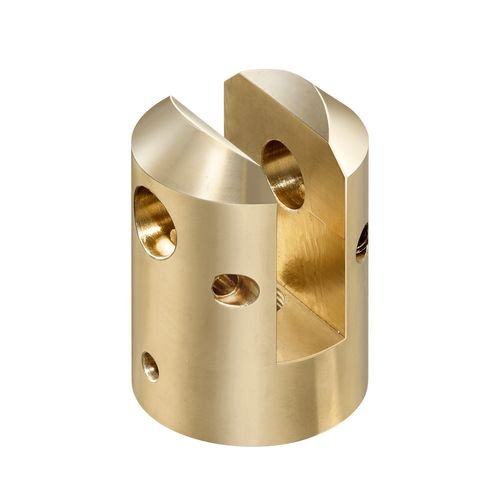
Bronze
Bronze is an alloy of copper and tin (possibly including lead, zinc, and phosphorus),low melting point (800-900°C) and excellent fluidity, along with corrosion resistance. Low-tin bronze exhibits a golden yellow hue, while high-tin bronze appears grayish-white or silver-gray. It is primarily used in mechanical manufacturing for sculptures, bearings, gears, valves, as well as in marine engineering components such as propellers, as well as marine engineering components like hull fittings and water pumps.
Color : gold/brown.
Types : Tin bronze, aluminum bronze, beryllium bronze, silicon bronze, manganese bronze.
Surface finish : Sandblasting, polishing, knurling, grinding, passivation, chemical film coating, impregnation coloring, brush/spray coloring, electroplating, anodizing, powder coating, brushing.
Delivery time : 1-5 days.
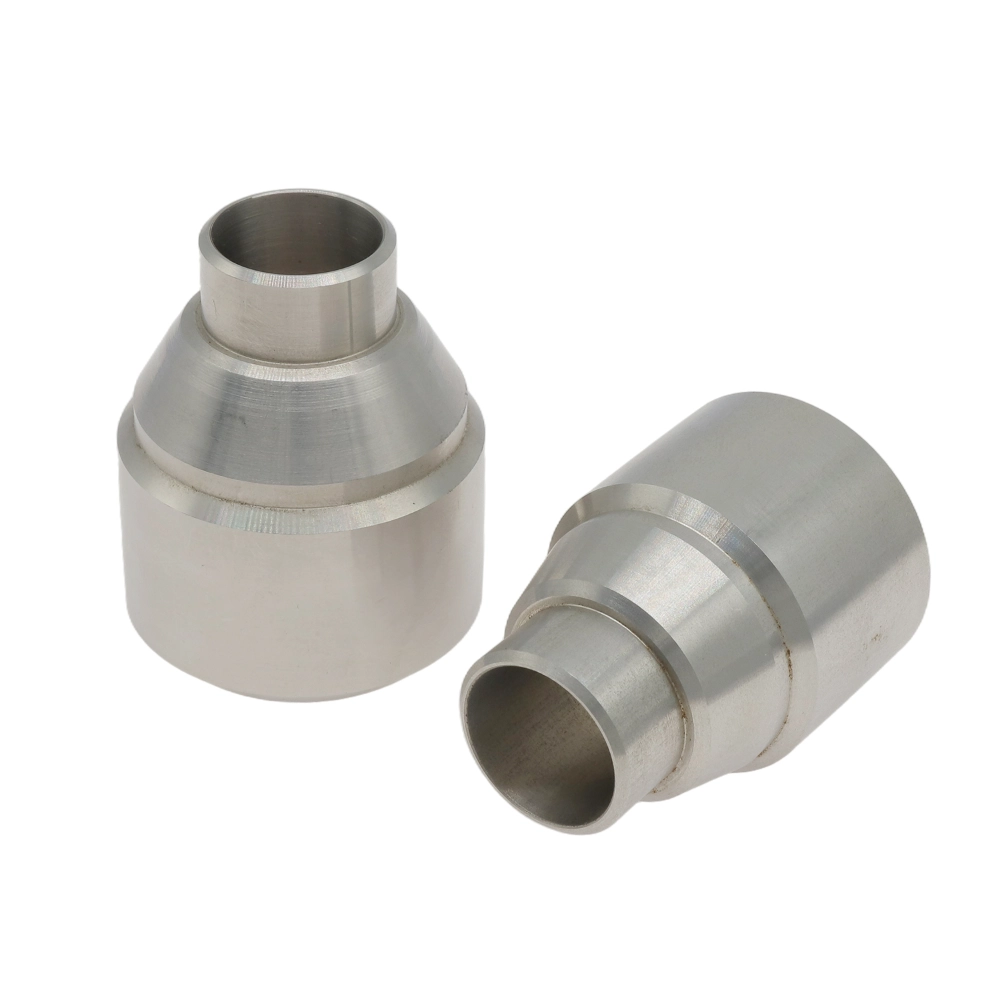
Steel
Iron alloyed with carbon (typically 0.1%-1.7%) and other alloying elements (such as chromium, nickel, manganese, etc.). By adjusting composition and heat treatment processes, diverse properties can be achieved, including high strength, high toughness, wear resistance, and corrosion resistance. It is suitable for producing components such as bolts, shafts, gears, drill bits, milling cutters, and turning tools, and is also frequently used in manufacturing engine valves and turbine blades.
Color : Silver .
Types : Steel S20C,S45C,S50C,SK85,SK95,40Cr,4140,4130,H13,D2,W1,A2,D2,M2,SKD11,ASP-23,S136.
Surface finish :Sandblasting, Mirror Finish, PVD Coating, Brushed Finish, Spray Coating, Electroplating.
Delivery time : 1-5 days
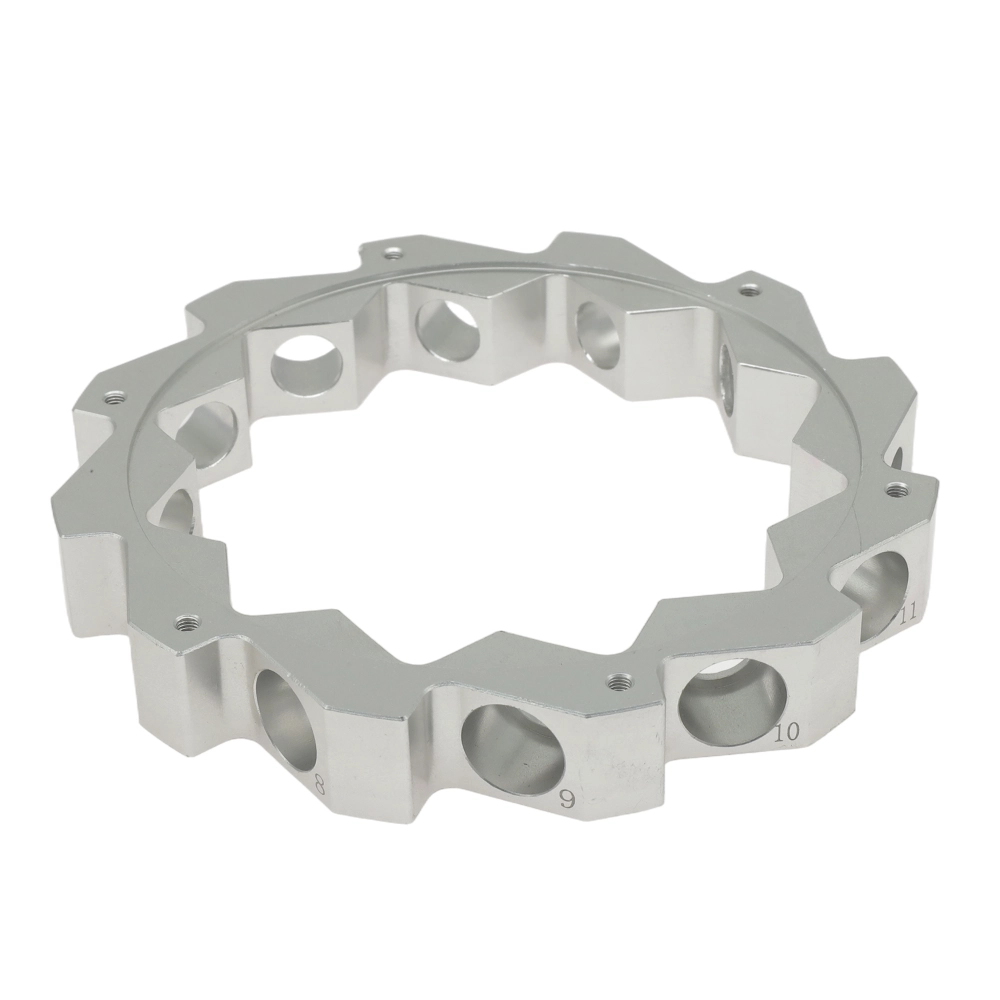
Magnesium
Magnesium has a density approximately two-thirds that of aluminum and one-quarter that of steel. Its low hardness results in minimal cutting force and reduced tool wear. With superior thermal conductivity compared to aluminum, it saves CNC machining time and material. Its strength-to-weight ratio outperforms both aluminum alloys and steel, while its damping capacity is 1.5 times that of aluminum, effectively absorbing vibrations and noise. These properties make it an ideal material for aerospace, automotive, and electronics industries.
Color : Silver.
Types : Magnesium alloy AZ91D/AM60B/AM50A/AS41B/ZK60/MB8/AZ31/WE43/ZE41/LA141/LZ91.
Surface finish : Chemical conversion coating, anodizing, nickel plating, electroplating, composite coating, spray painting, powder coating, electrophoretic coating.
Delivery time : 1-5 days.
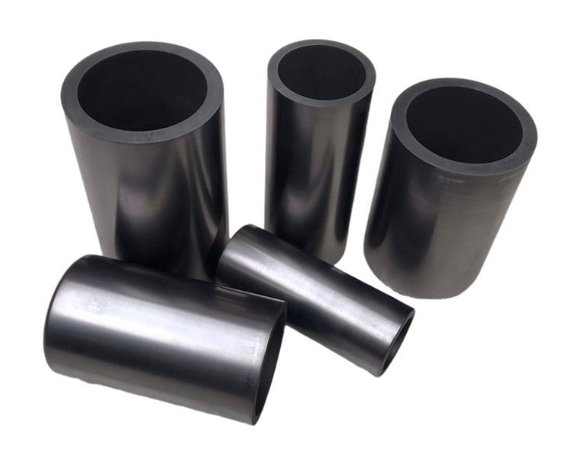
Graphite
Graphite conductivity is used for precision molding to avoid dust pollution caused by machining. It is mainly used for electrode manufacturing and EDM molds.
Color : Black.
Surface finish : Mechanical cutting, pickling, electrolytic treatment, coating, polishing, EDM surface strengthening.
Delivery time : 3-5 days
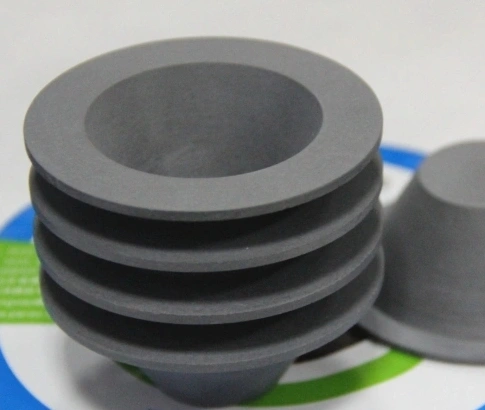
Conductive ceramic part
Conductive ceramics are used in aerospace and other fields due to their high hardness, brittleness, and excellent chemical stability, but they are difficult to process. Using pulsed discharge to generate high temperatures (approximately 10,000°C) to partially melt the ceramic allows for contactless processing, avoiding stress concentration and cracking caused by mechanical processing.
Type : Oxide/non-oxide conductive ceramics, composite conductive ceramics
Color : white, gold, pink black, etc.
Delivery time : 3-5 days
Surface finish for medium wire Edm part
For accessories processed by medium-speed wire EDM, surface treatment options include mechanical, chemical, coating, polishing, and EDM surface strengthening. The specific options and operating points are as follows:
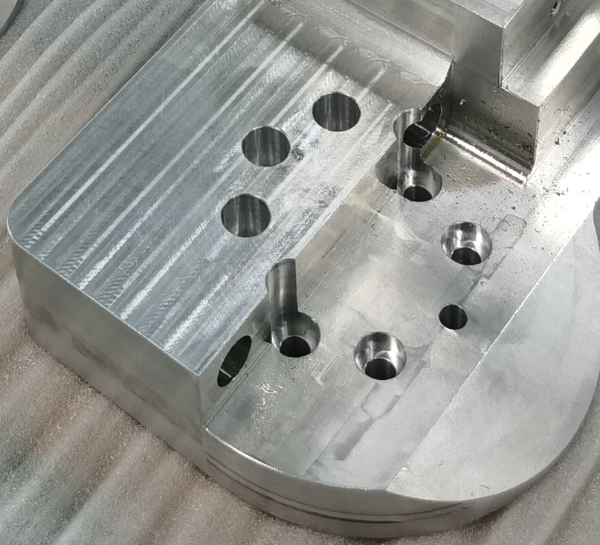
Machined finish
The prototype processed by the machine tool retains traces of tool machining.
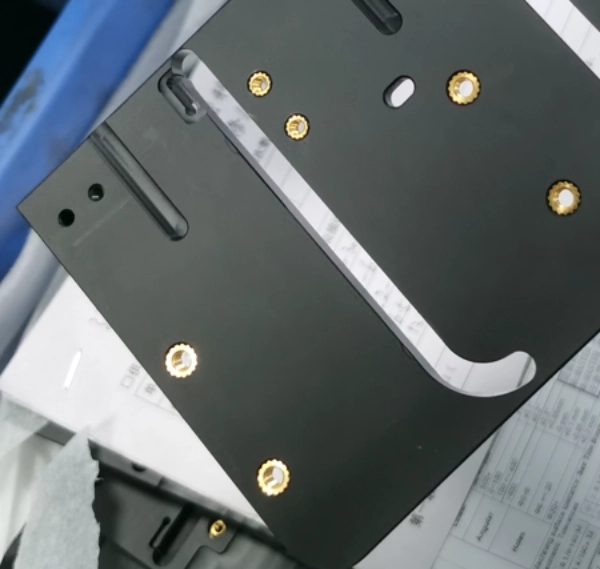
Anodizing
Anodizing enhances the corrosion and wear resistance of metals and enables coloring and coating, suitable for metals such as aluminum, magnesium, and titanium.
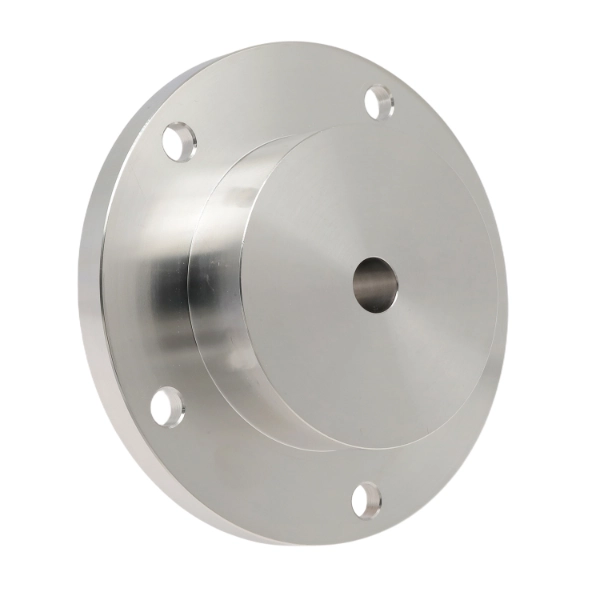
Polish
Polishing enhances surface finish and aesthetic appeal, suitable for materials such as metals, ceramics, plastics, and PMMA.
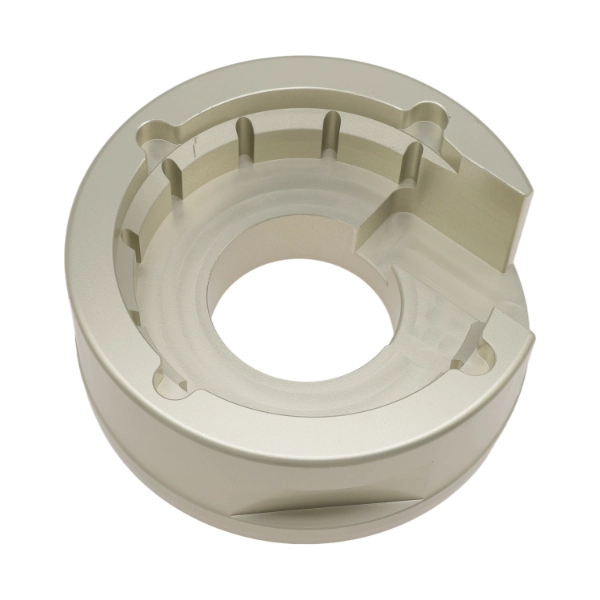
Sand blasting
Sandblasting involves propelling abrasive material at high pressure or mechanically onto a workpiece to achieve a clean, roughened, and matte finish.
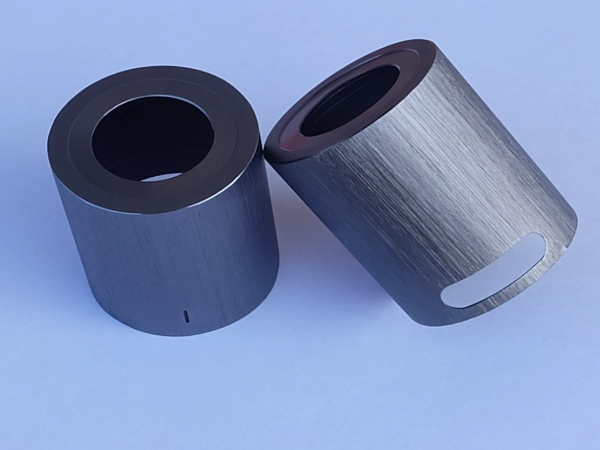
Brushed finish
Brushed finish creates a textured pattern on metal surfaces, enhancing aesthetic appeal. Suitable for aluminum, copper, stainless steel, and other materials.
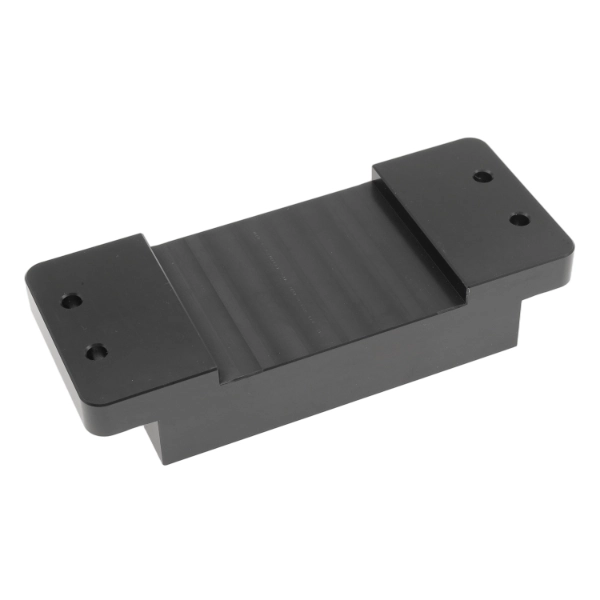
Powder coating
Powder coating is applied to the workpiece surface via electrostatic adhesion, then cured at high temperatures to form a dense coating, enhancing the corrosion resistance of metal and plastic surfaces.
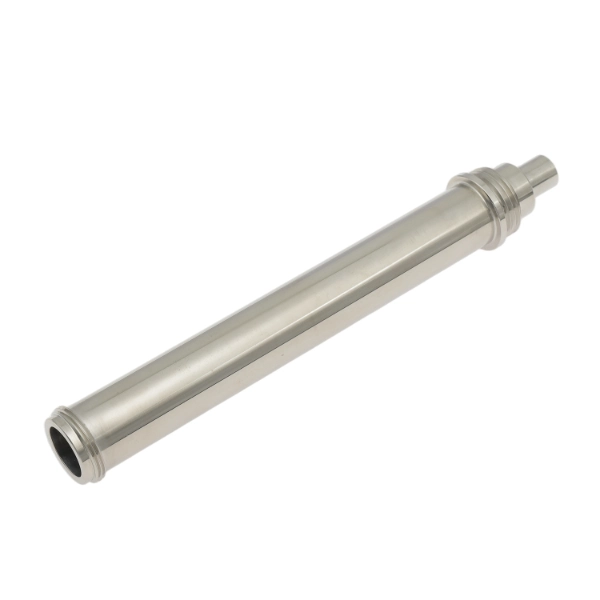
Electroplating finish
Metal plating is deposited onto material surfaces through electrolytic processes to enhance corrosion resistance and wear resistance. This technique is suitable for metals and certain plastics.
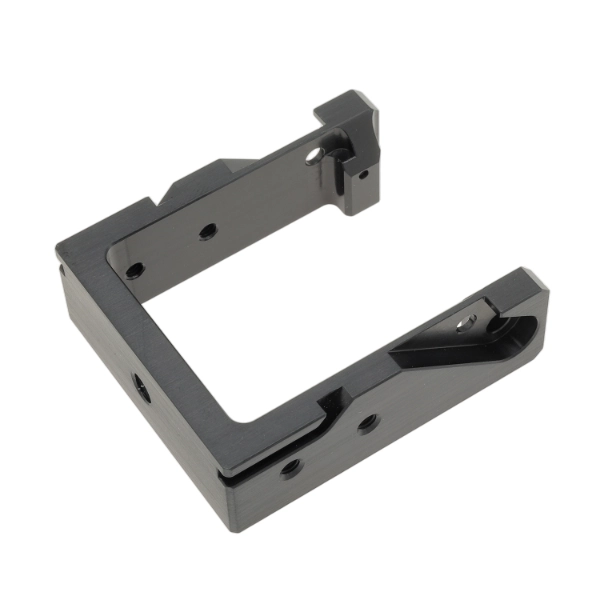
Black oxidize
A black oxide coating is formed on metal surfaces through chemical oxidation, offering low cost, a simple process, and reduced light reflection.

Electropolish
Removes microscopic protrusions from metal surfaces through electrochemical anodic dissolution, creating a smooth, dense surface free of residual stress and highly corrosion-resistant. Capable of processing complex metals and conductive materials.
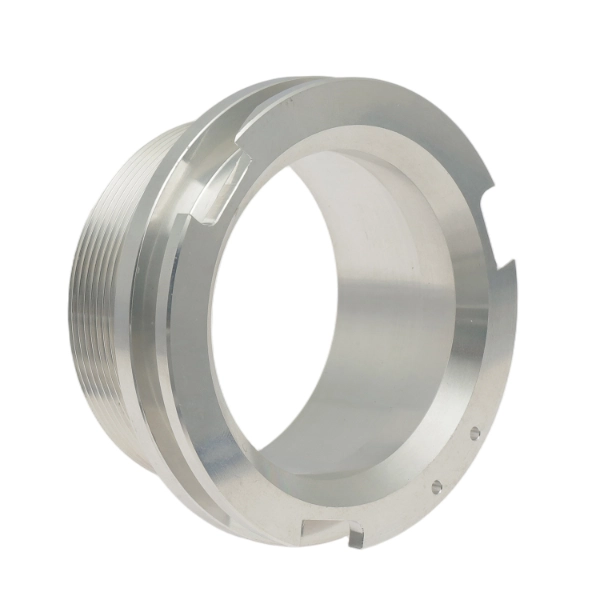
Alodine
Forms a protective coating on surfaces through chemical conversion, enhancing corrosion resistance and adhesion. Environmentally friendly with excellent conductivity, suitable for aluminum and magnesium alloys.
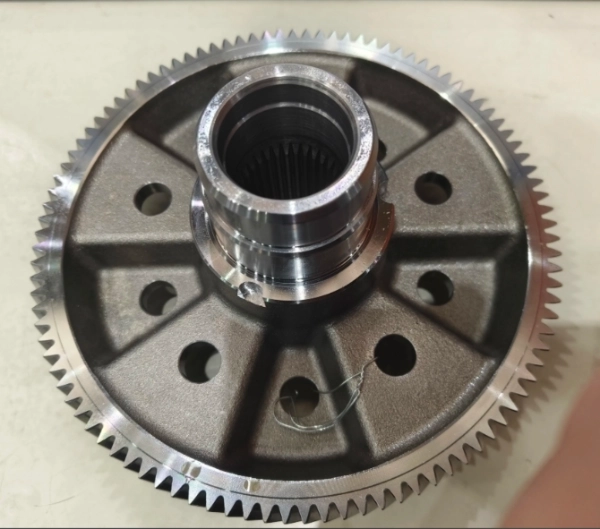
Heat treatment
By altering the internal microstructure of metallic materials through heating, this process enhances hardness, strength, toughness, and wear resistance. It is suitable for metals such as steel, aluminum alloys, copper alloys, and titanium alloys.
Medium wire EDM capability
Our ISO 9001 certification demonstrates that our Wire edm parts meet stringent tolerance requirements. We adhere to ISO-2768f tolerance standards for precision metals , enabling you to obtain precision components with high-precision machining standards.
| Positioning Accuracy | ±0.005~0.01 mm |
| Surface Quality | Ra≤1.0~1.6 µm |
| Geometric Tolerance | Roundness error ≤0.015 mm, Parallelism ≤0.01 mm/100 mm |
| Maximum Cutting Thickness | Standard 200~300 mm, Optional up to 500 mm |
| Taper Machining | ±6°~±15°/100 mm |
Medium wire EDM guide
| Material Thickness | Electrode Wire Diameter | Tension Setting | Guide Wire Nozzle Type | Applicable Scenarios |
| ≤50 mm | 0.18 mm | 8~10 N | Φ0.2 mm | Precision parts |
| 50~200 mm | 0.20 mm | 10~12 N | Φ0.22 mm | Regular parts |
| >200 mm | 0.25 mm | 12~15 N | Φ0.3 mm | Thick parts |
| Number of Cuts | Pulse Width (μs) | Pulse Interval (μs) | Peak Current (A) | Servo Voltage (V) | Wire Feed Speed (m/s) | Machining Efficiency (mm²/min) | Surface Roughness (μm) |
| Rough Cut | 60 | 150 | 8 | 70 | 10 | 120 | Ra3.2 |
| Finish Cut 1 | 30 | 100 | 4 | 60 | 4 | 50 | Ra1.6 |
| Finish Cut 2 | 15 | 80 | 2 | 50 | 2 | 25 | Ra0.8 |
| Problem | Cause Analysis | Solution |
| Surface Streaks | Worn wire guide or dirty working fluid | Replace the wire guide (when wear exceeds 0.1 mm); replace the filter element |
| Wire Breakage | Excessive tension or peak current too high | Reduce tension by 10%~20%; decrease peak current by 2~3 A |
| Size Out-of-Tolerance | Unstable discharge gap | Adjust servo voltage by ±5 V; clean oil stains from the workpiece surface |
Medium wire EDM machining parts
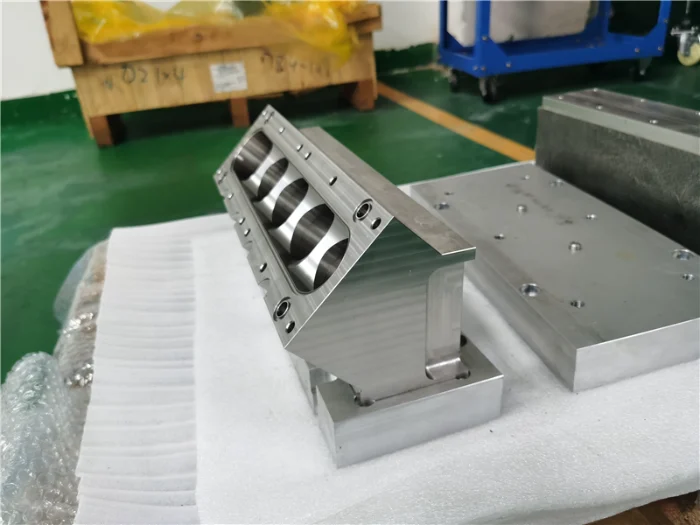
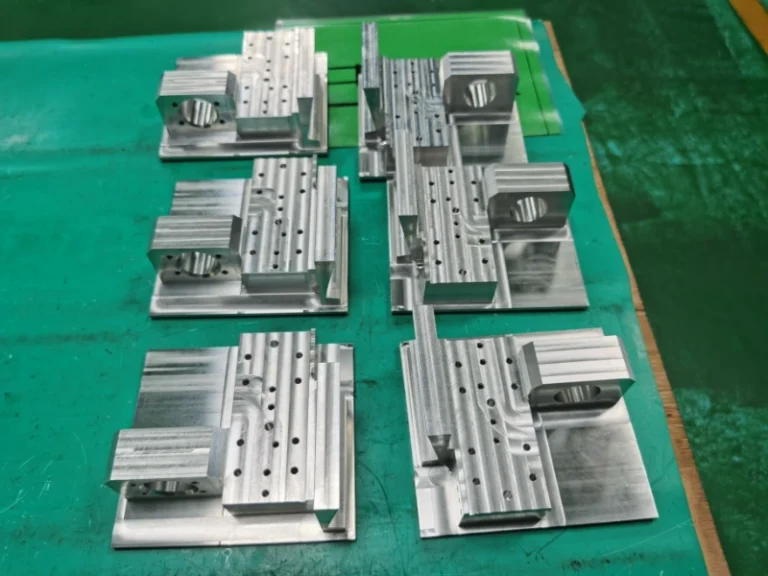
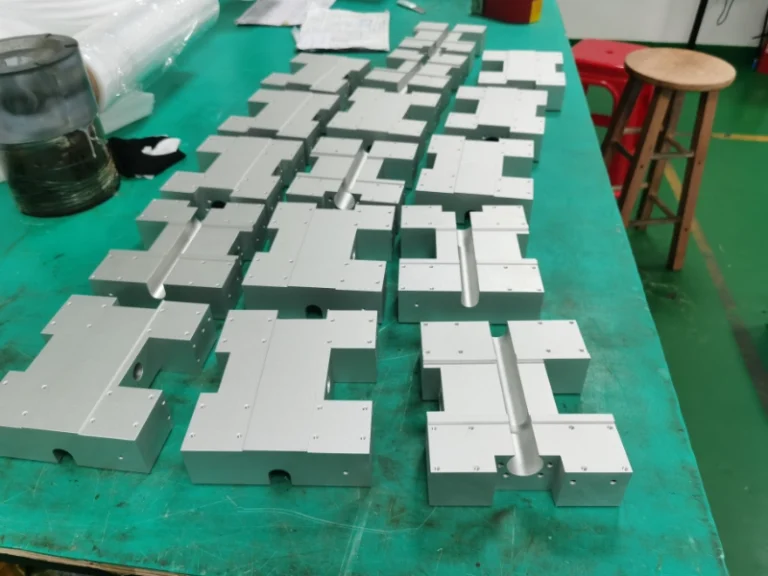
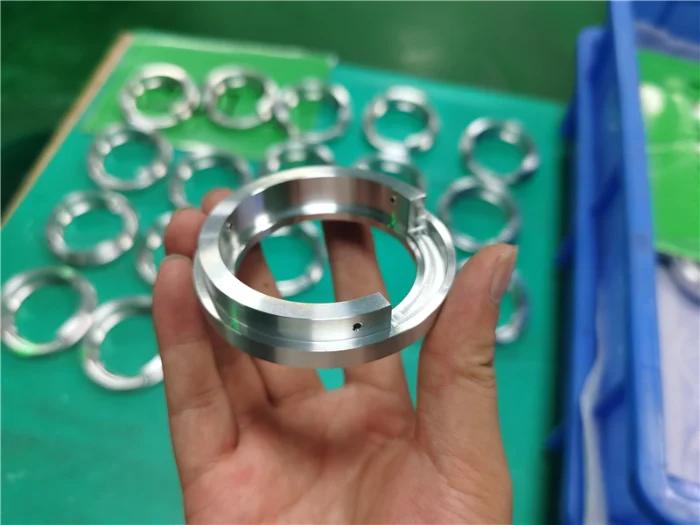
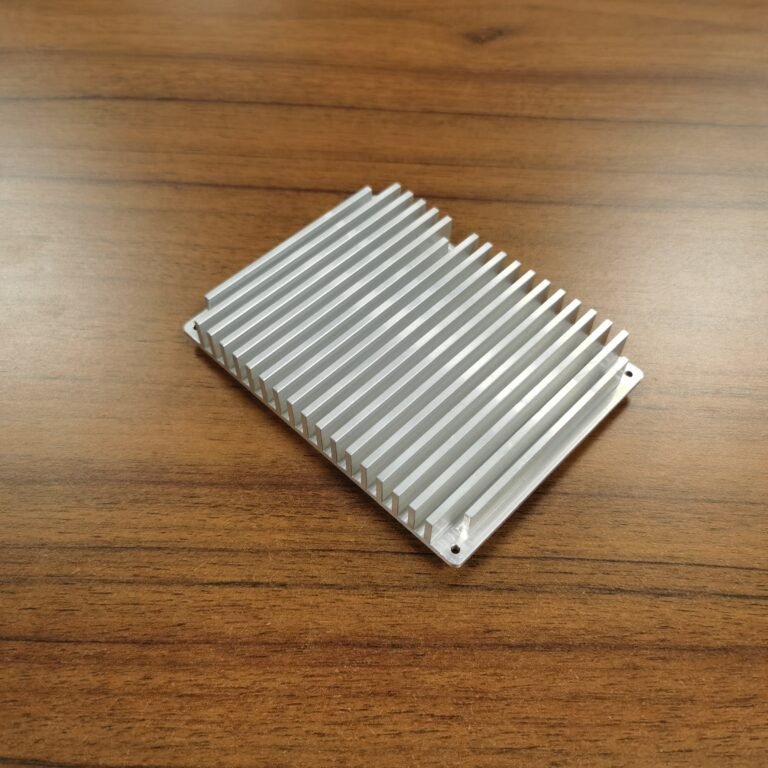
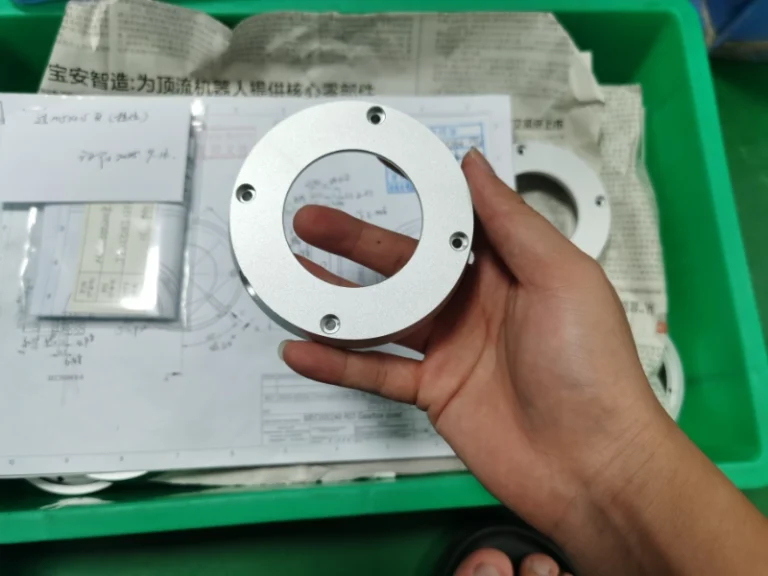
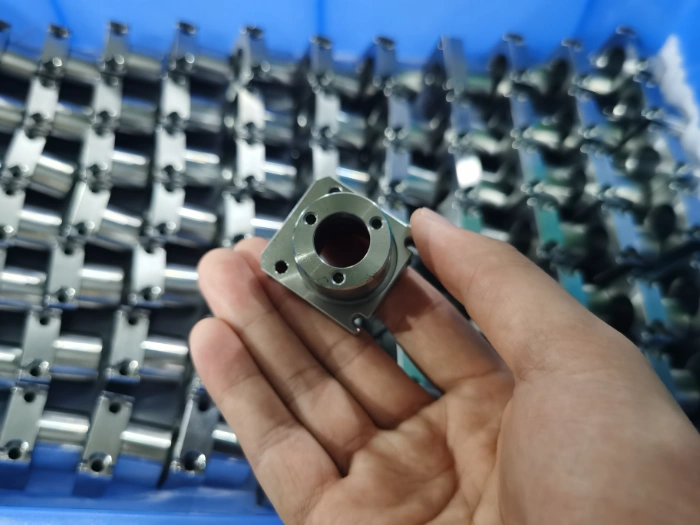
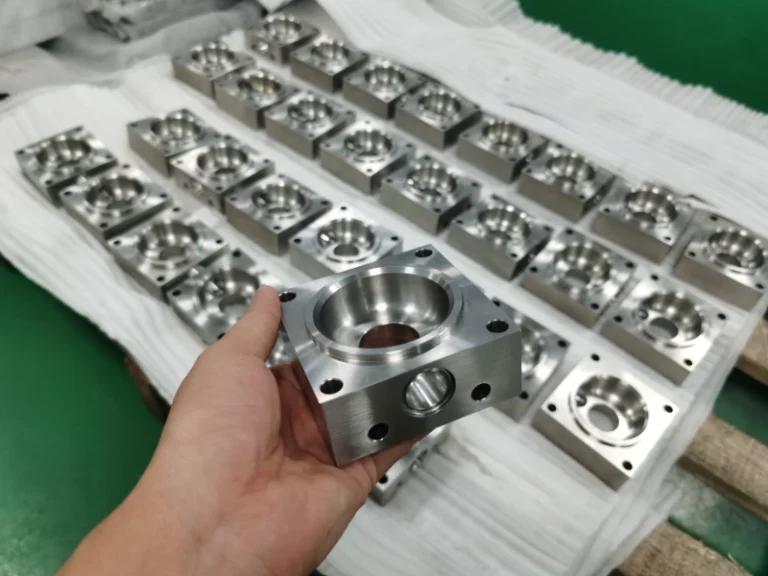
Medium wire EDM advantage
Moderate Precision and Efficiency
Typical precision is ±0.01mm, suitable for medium-precision machining tasks. Speed falls between fast-wire and slow-wire EDM.
Wide Range of Applicable Materials
Suitable for various conductive metals such as steel, copper, and aluminum alloys. Capable of machining complex-shaped parts.
No Mechanical Stress, Prevents Deformation
EDM imposes no mechanical stress on workpieces, making it suitable for precision part cutting.
Excellent Surface Finish
Delivers smooth surfaces with Ra values typically ranging from 0.5–1.6 μm, reducing the need for secondary machining.
Complex Shape Machining
Ideal for cutting intricate contours and fine apertures, widely used in precision molds, aerospace, and other fields.
Application of Medium wire EDM part
Mold Manufacturing
Used for machining mold steel and precision mold cavities, widely applied in injection mold and die-casting mold production.
Aerospace
Suitable for high-precision components such as aerospace structural parts and engine components.
Automotive Industry
Primarily used for machining powertrain and transmission components, enhancing machining accuracy and efficiency.
Electronics and Medical Devices
Employed for precision machining of micro-parts and medical instruments, meeting stringent surface quality requirements.
